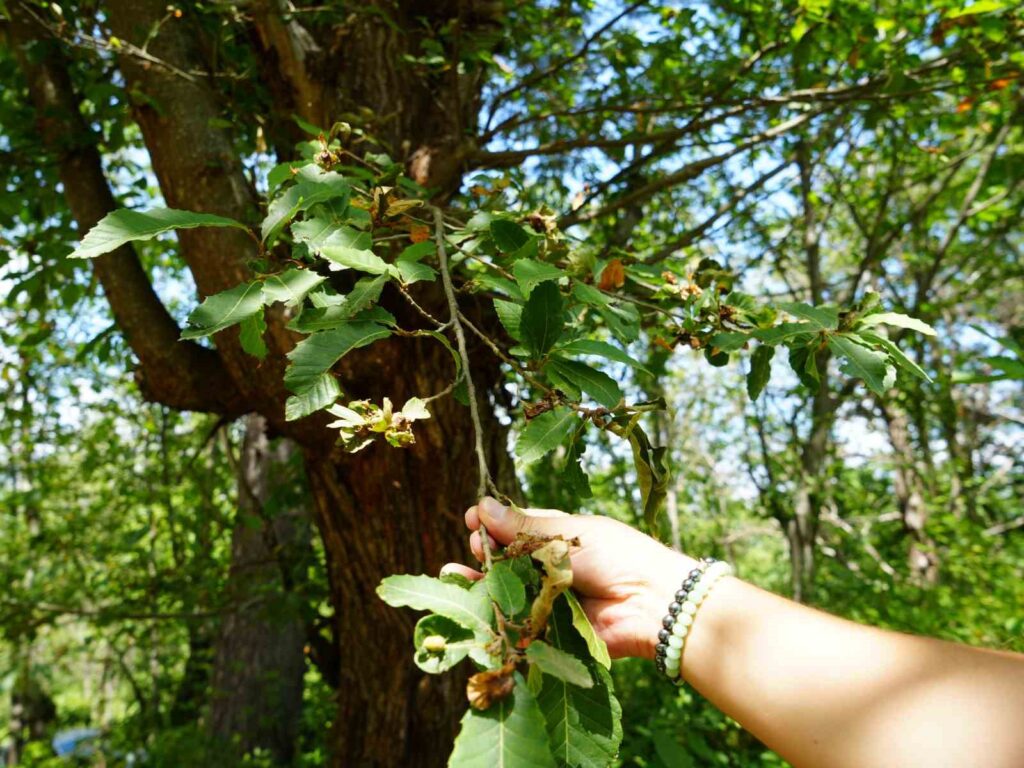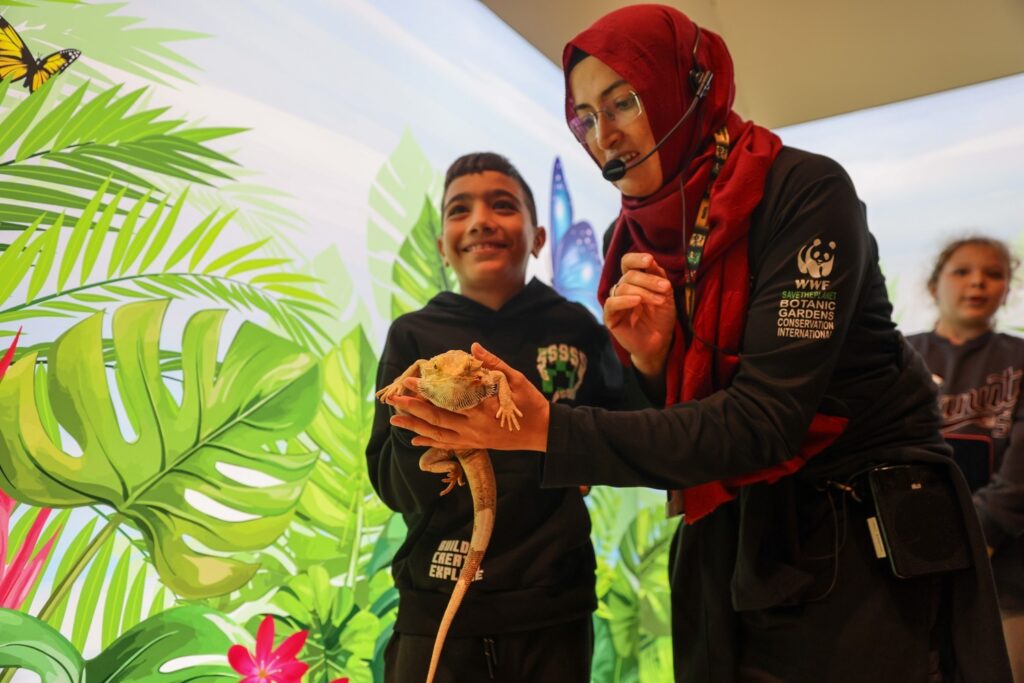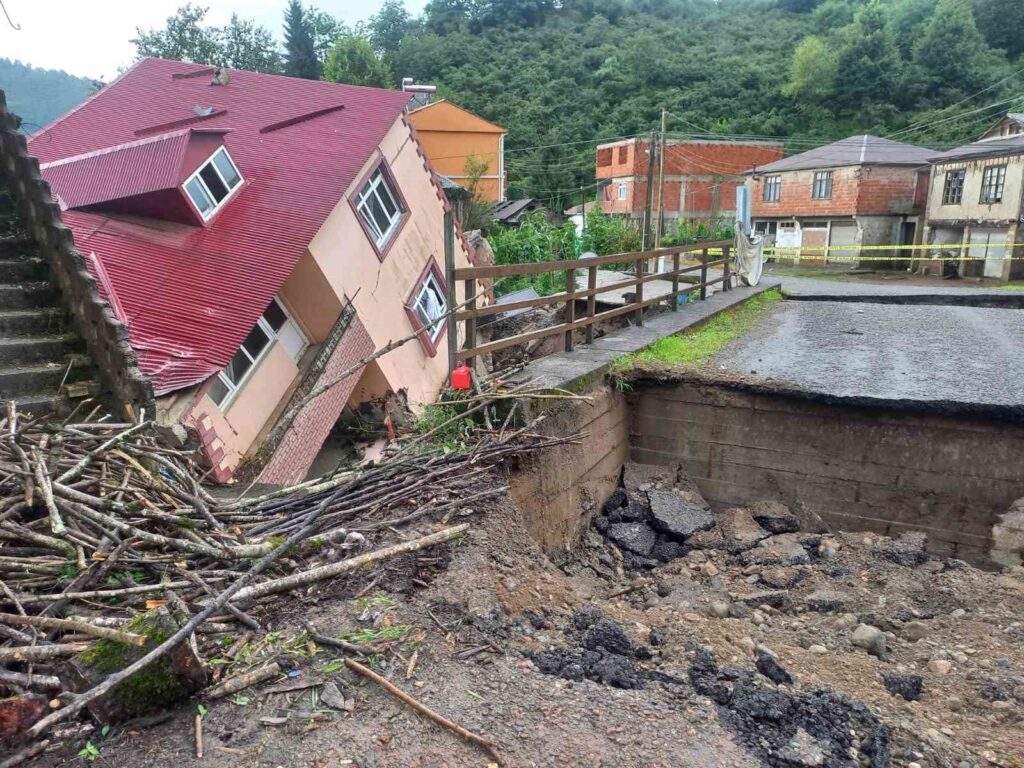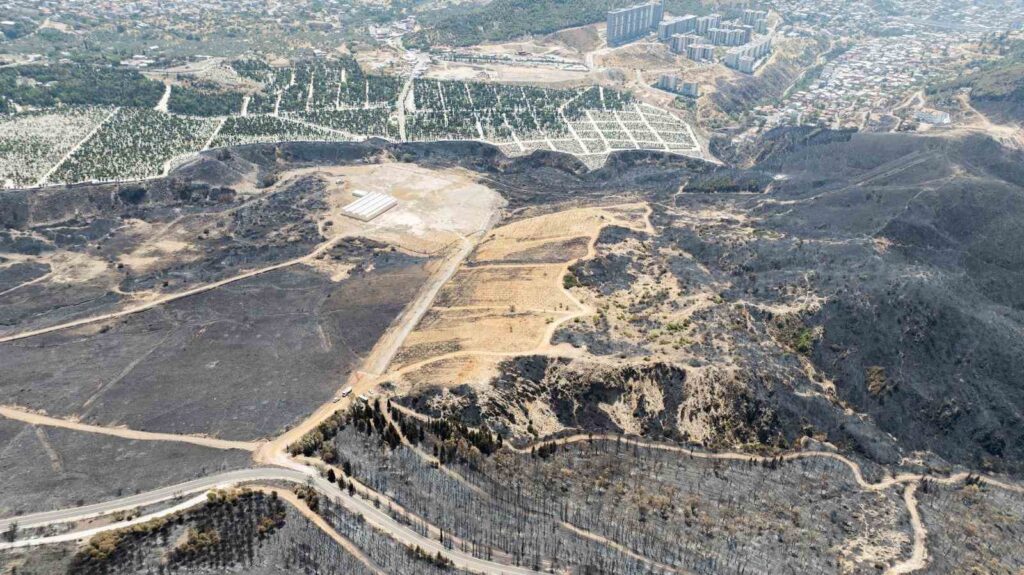The fight continues in the 17,000-hectare chestnut forests
In the Black Sea Region, the fight against the gall wasp, which dries out chestnut trees, has gained significant strength with the production of insects in laboratory conditions and the use of attractive yellow traps. For the first time in the Black Sea Region in 2021 …

The fight against the chestnut gall wasp, which dries out chestnut trees and was seen in the Black Sea Region, gained significant strength following the production of insects in a laboratory environment and the establishment of attractive yellow traps.
The struggle against the chestnut gall wasp pest, which causes the drying of chestnut trees and was first seen in the Black Sea Region in 2021, continues unabated. Against the chestnut gall wasp, commonly known as the ‘killer wasp,’ 10,300 ‘Torymus Sinensis’ insects produced in the Kastamonu Forest Regional Directorate’s laboratory were released in forested areas where chestnut trees are densely located in April. In addition, yellow traps, which attract the gall wasp, were installed in chestnut forests. With the yellow traps set up in the districts of İnebolu, Cide, Doğanyurt, Küre, Abana, Bozkurt, and Çatalzeytin, it is aimed to catch between 500 and 700 gall wasps and reduce the gall wasps that cause tree drying and around 80% fruit loss.
The Kastamonu Forest Regional Directorate has established 5,000 attractive yellow traps that will be effective during the flight period of the gall wasp as part of the biotechnical struggle.
“So far, we have released 10,300 insects into our forests”
Uğur Şahin, the Forest Pests Control Branch Manager and Forest Engineer of the Kastamonu Forest Regional Directorate, provided information about the studies, stating, “We are in the chestnut forests, which are one of the important tree species of our country and Kastamonu. Unfortunately, since 2014, we have been fighting the chestnut gall wasp in our country and since 2021 in our province. The fight against the chestnut gall wasp begins in April with the release of Torymus Sinensis, which is a natural enemy of the gall wasp. In our province, we started by releasing 10,300 Torymus Sinensis in its third year. The second fight will also involve the biotechnical struggle with yellow sticky traps to catch the gall wasp during its flight period in July and August before it lays eggs. So far, we have hung approximately 5,000 yellow traps in 7 of our districts,” he said.
“We will defeat the chestnut gall wasp pest in Kastamonu within 3-4 years”
Shahin said that gall wasps can be seen on the yellow traps hung in chestnut forests, stating, “During the flight period of the gall wasp, we catch between 500 and 700 chestnut gall wasps in yellow traps. This way, we prevent the gall wasp from laying eggs. A chestnut gall wasp is a pest that increases its population rapidly by laying 100 eggs. In this method of struggle, we aim to reduce the pest within the biotechnical framework and increase the beneficial organisms within the biological struggle, and God willing, we will defeat the chestnut gall wasp pest in Kastamonu within 3-4 years.”
“The gall wasp has spread to 17,000 hectares of chestnut forests within 3 years”
Shahin noted that the chestnut gall wasp, first seen in Cide in Kastamonu in 2021, has spread to 17,000 hectares of chestnut forests within 3 years, stating, “Under normal conditions, biological control has a struggle duration of about 10 years. After 10 years, the population of the chestnut gall wasp begins to decline. However, we hope to eliminate the chestnut gall wasp pest within 5-6 years by accelerating the struggle and expanding the area of struggle, as 3 years have already passed.”
“We have been fighting the gall wasp for 3 years”
Azmi Şenel, the İnebolu Forest Operation Manager, stated, “We have been fighting the gall wasp, which started to be seen in İnebolu and Doğanyurt since 2021, for 3 years. Initially, at the end of April, we carried out the release of Torymus Sinensis within the framework of biological control. We released a total of 2,400 Torymus Sinensis in İnebolu and Doğanyurt. Then, in July and August, we hung a total of 2,000 yellow traps, with 1,000 in Doğanyurt and 1,000 in İnebolu. Our struggle continues successfully. As we see success, we are increasing our efforts even more. When it was seen in İnebolu and Doğanyurt, especially last year, the production of chestnut honey fell to a minimum level. According to the feedback we receive from our villagers and our observations, it has started to rise again after last year. Especially after the biological struggle, there have been positive returns in the biotechnical struggle as well. Our struggle will continue fully from now on. In this context, we plan to reduce the 10-year duration to 5-6 years.”
“The gall wasp has affected our chestnut honey production by about 80%”
Cemal Çelebi, the President of the Agricultural Development Cooperative of Dibek and Hayrioğlu Villages in İnebolu, stated, “The gall wasp, which spreads rapidly in our chestnut forests, has affected our chestnut honey production by about 80%. The struggle is of course necessary; it is effective, and as we have been told, the goal is to reduce the damage of the pest within 4-5 years with these studies. I hope that the studies will be beneficial to our homeland, our nation, our environment, and our villages.”
“We are starting to reap the fruits of the struggles made in previous years”
Orhan Anadolu, who produces chestnut honey in Dibek village of İnebolu district, stated that they have experienced significant yield loss due to the gall wasp, saying, “I have been producing chestnut honey since 2009. I earn my living from this. Since 2022, our chestnut forests have been affected by disease. Last year, it caused severe yield loss. We are starting to reap the fruits of the struggles made in previous years this year. We are in a slightly better situation this year compared to last year. God willing, in the coming years, we are told that the gall wasp will completely disappear based on the information given to us.”







